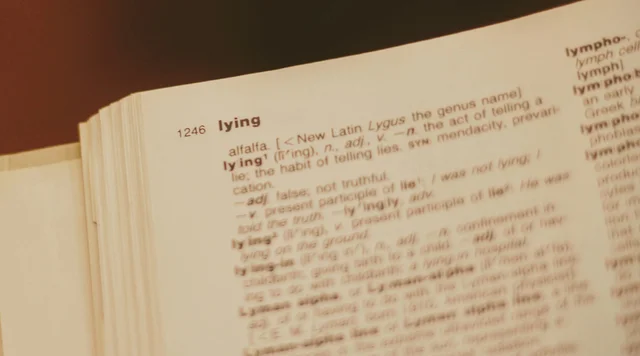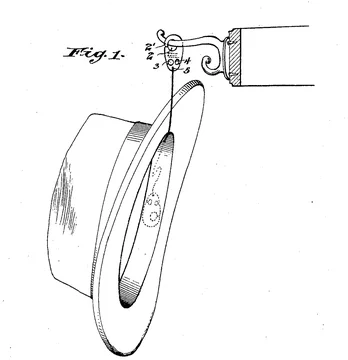Case narrowing is an issue that comes up in most patent cases at some point, whether in the scheduling order, as a discovery dispute, or at the pretrial conference (or, possibly, all three).

When requested, judges in Delaware typically implement an initial two-stage reduction in asserted claims and prior art references, with the first stage occurring before claim construction, and the second afterward.
Of course, sometimes they will implement other schedules depending on the needs of the case and the requests of the parties. And, for cases that reach a pretrial conference, the Court often imposes an additional limit on the number of claims for trial.
I wanted to share some data I found recently regarding how many asserted claims the judges in Delaware typically permit. Note that while I framed the numbers below in terms of "asserted claims per patent" and "prior art references per asserted claim" to normalize the values, in practice the judges frequently speak in terms of a flat limit on the number of asserted claims or prior art references that they'll allow in a case.
So, how many asserted claims are permitted?
Out of about 40 District of Delaware cases where claim narrowing was disputed and an opinion or order issued, going all the way back to 2005, here are the median numbers of claims permitted per patent pre- and post-Markman:

- Pre-Markman: A median of 5 claims per patent
- Post-Markman: A median of 3 claims per patent
There is a lot of variability in the numbers, depending on the circumstances of the case.
One factor seems to be the overall number of asserted patents. In some instances, for example, where only a single patent is asserted, the judges allowed more claims per patent—and they allowed fewer if more patents are asserted. This makes sense, as the overall manageability of the case depends more on the raw number of claims asserted than the number asserted per patent.
Remember, also, that these are just pre- and post-Markman limits; the judges often set additional limits for trial. I found less written precedent for those instances, but the judges typically landed somewhere in the area of 2-16 total claims for trial, which is consistent with my experience.
The data on the number of permitted prior art references per asserted claim was also interesting—both the pre- and post-Markman limits came out to a median of 1.6 references per asserted claim, with a range of between 1 and 10.
Obviously, all of these numbers vary widely based on the circumstances of the case, and are really only useful to show the rough ballpark of typical limits. But I thought others might find them interesting.
If you enjoyed this post, consider subscribing to receive free e-mail updates about new posts.




